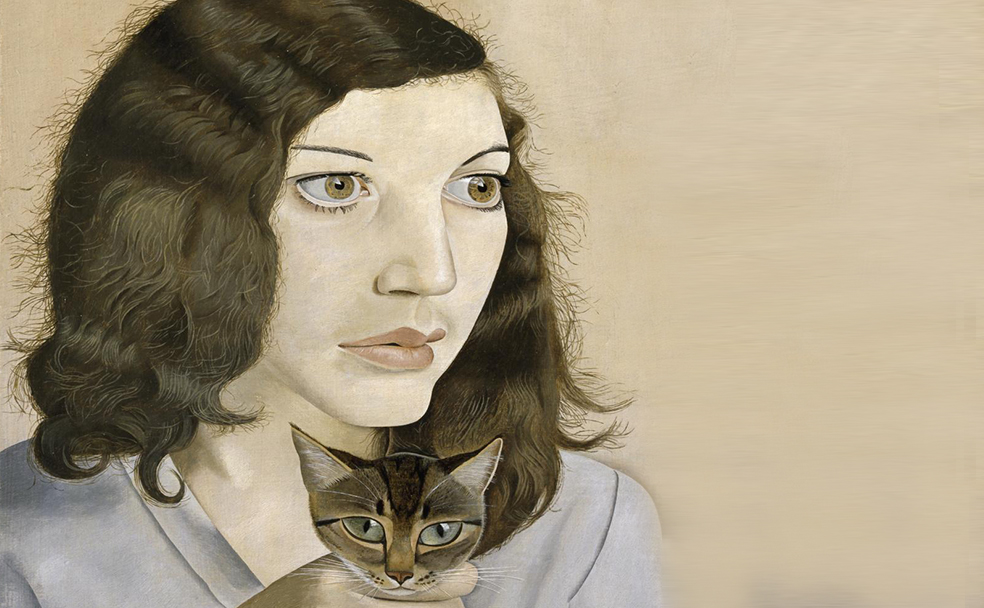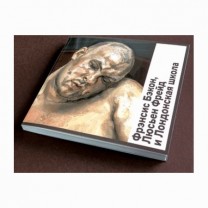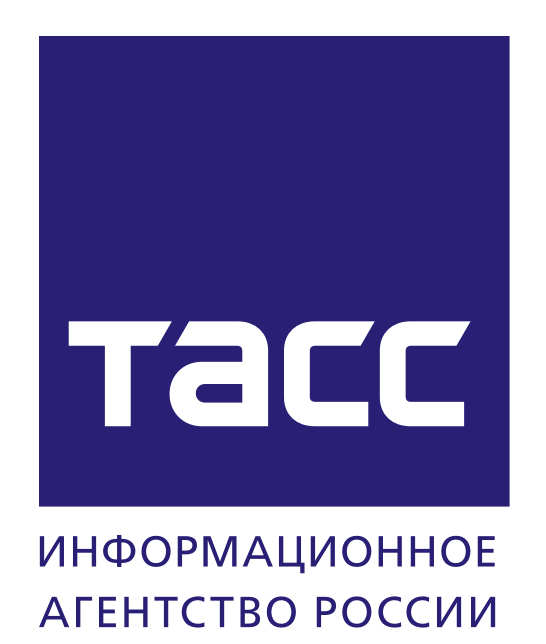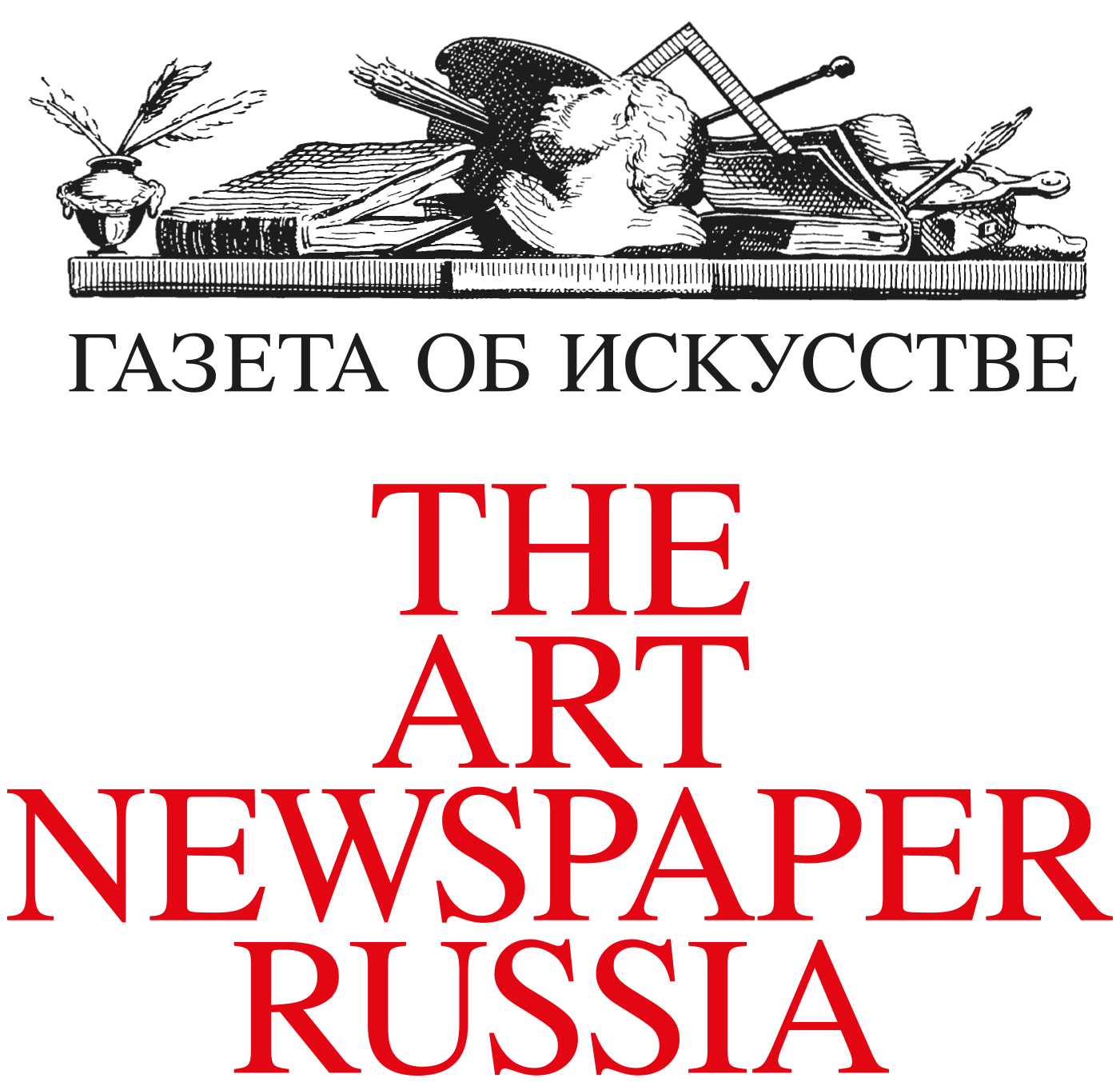In cooperation with the Tate (London), the Pushkin State Museum presents the exhibition “Francis Bacon, Lucian Freud, and the School of London.” For the first time, the Russian public will have the chance to get acquainted with a unique and very important chapter in the history of modern British art and explore the legacy of artists who used figurative painting to express their deeply personal, sensual and intense life experience. The exposition includes 80 paintings and graphical artworks from the Tate. VTB Bank is the general sponsor of the exhibition.
The term “School of London” – adopted by R. B. Kitaj in 1976 to refer to the many outstanding artists based in London who drew and painted the human figure – has often been applied to a small group of six painters: Frank Auerbach, Francis Bacon, R. B. Kitaj, Leon Kossoff, Lucian Freud, and Michael Andrews. In addition to these artists, the exhibition in the Pushkin State Museum will include artworks by four other painters –David Bomberg, William Coldstream, Paula Rego and Euan Uglow – who were closely associated to the other School of London painters through teaching as well as biographical circumstances and painting methods.
In contrast to abstract and conceptual art, the masters of the School of London continued to work within the tradition of figurative painting. Far from simply trying to keep up with the development of art at the time, these artists made an effort to render the real, raw and at times “harsh” side of life in its most sensual and tangible representation. The artworks of David Bomberg and his students, Frank Auerbach and Leon Kossoff, are the most vivid embodiments of this approach.
Artists of the School of London focused their attention on the human body; many of their artworks address its simultaneous fragility and vitality. Lucian Freud’s characteristic skill – his meticulous faithfulness in the psychologically charged portraits of his models – earned him the title of ‘the Ingres of Existentialism’
Besides the human body, the School of London also focused on landscape painting. Their cityscapes of London relate to personal stories and subjective perceptions of the city. In a metaphorical sense, they are a kind of existential self-portrait of their authors. The concept of painting as a deeply autobiographical experience unites the painters selected for the exhibition.
The artists of the School of London painted complex scenes, paying special attention to the dynamics and aesthetics of social relationships. Francis Bacon said many times that he wanted to move beyond the narrative, yet his works consistently depict personal lives, relationships, and losses. In their turn, the images created by Michael Andrews and R. B. Kitaj feature literary characters and were inspired by photographs and works by other artists.
This project is a continuation of the Pushkin Museum’s successful history of collaboration with the Tate Gallery, which has included a number of large-scale projects: “Turner. 1775–1851” (2008–2009), “William Blake and the British Visionaries” (2011–2012), “Pre-Raphaelites: Victorian Avant-Garde” (2013). The exhibition is part of an ongoing effort to acquaint the Russian public with the major milestones in British art history, as well as with the major trends and movements in European art of the post-war era. The exhibition “Facing the Future. European Art in 1945-1968” (2017) was the first project on this topic.
Previously, the exhibition was warmly welcomed in London, Los Angeles, Malaga and Aarhus. Its total audience has been over 600,000 visitors.
Marina Loshak, Director of the Pushkin State Museum of Fine Arts “The post-war era was a dramatic time dominated by feelings of pain, loss, and rethinking of social, philosophical, and cultural paradigms. During this period, artists found the boldness to once again pose the “cursed” questions and discuss the potential answers. One such question is: “What does it mean to be a human in an age of overwhelming subjectivity shaped by pervasive ‘desire machines’?” How does one resist the emulation environment where there is no truth because everything is relative? The British painters’ solution was to strike the most emotionally powerful chords and to reach to the deepest human feelings, such as the physical awareness of presence of oneself in space, or the tactile perception of the environment. Their artistic effort is all about intense experience and, certainly, always about the person. The models in the paintings presented at the exhibition are usually nude and vulnerable: these images test our perceptiveness and sensitivity, whether we are alive or not.”
Maria Balshaw, Director of Tate: “This exhibition is a major event in the longstanding partnership between Tate and the Pushkin Museum, built on a solid historical record of exchanging significant artworks and exhibitions. This project fulfills our common mission of making art more relevant and available to the public.”
An educational program was prepared specifically for this event, including lectures by the project curators Elena Crippa (Tate) and Danila Bulatov (Pushkin State Museum), Catherine Lampert, Curator and Director of the Whitechapel Gallery (1988–2001) and author of books on Frank Auerbach and Euan Uglow, Alexey Bartoshevich, a theater historian and a Doctor in Art History, and Aleksandra Danilova, Head of the Department of 19th and 20th Century European and American Art.
Along with the exhibition, a series of discussion events will be held by the Science.me agency, featuring Russian scholars who are experts in visual arts, poetry, philosophy, and social anthropology.
A specialized educational program will be offered for people with special needs, including tours in sign language, tactile exhibits for the partially sighted and visually impaired, and digital guides on the museum site and in the IZI.travel app.
Curators: Elena Crippa, Curator of Modern and Contemporary British Art at Tate Britain, and Danila Bulatov, Researcher of the Department of 19th and 20th Century European and American Art.






















